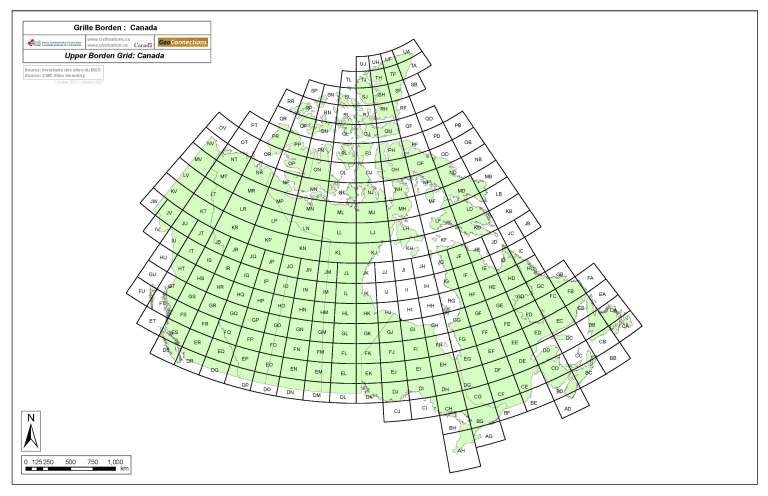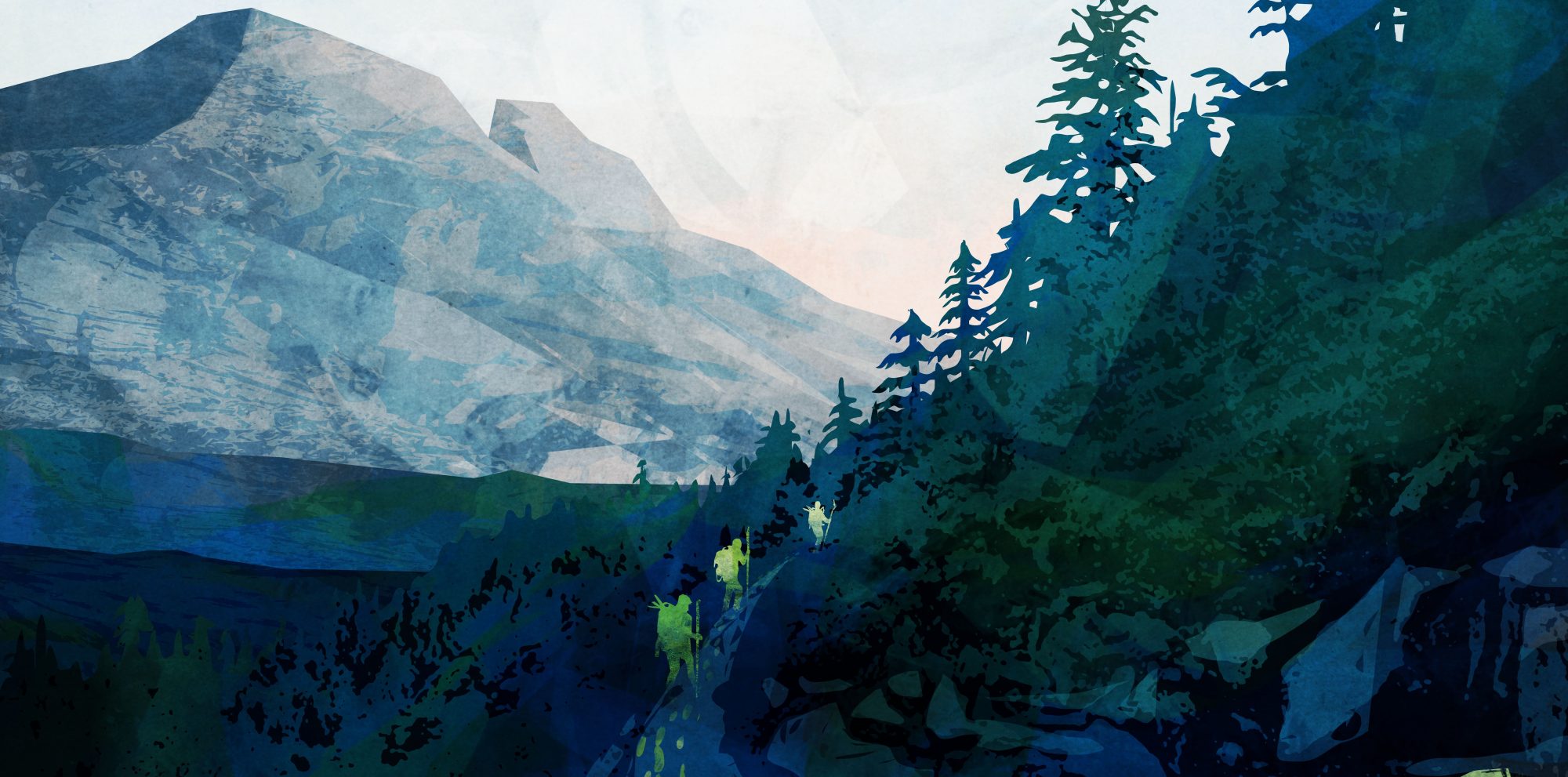In a previous post we talked about how Alberta has almost 40,000 recorded archaeological sites. Each of these sites has its own record and associated artifacts so, you can imagine, it is a lot to keep track of. One of the most important tools we use to organize site data is a Borden number. You may have heard sites referred to by their Borden number before; for example Head-Smashed-In is also known as DkPj-1. The Borden number is actually more important than the site name as the Borden number is what is used to organize all site records and for cataloguing artifacts. In fact, the majority of sites in Alberta do not have a name at all, they are known solely by their Borden number.

The Borden number system was developed in 1954 by Charles Borden of the University of British Columbia. The system was developed for all of Canada and is used nationwide as a way to assign a unique identifier to archaeological sites. Canada is one of only a few countries that use a national system for archaeological site identification. The Borden code assigned to a site depends on its location. Borden developed a grid spanning across Canada that splits the country into blocks based on latitude and longitude. There are two divisions – major Borden blocks and minor Borden blocks. Major Borden blocks are defined by 2 degrees latitude south to north (each division is assigned capital letters from A to U) and 4 degrees longitude east to west (each east-west division is assigned a capital letter from A to W). The major blocks are further divided into minor Borden blocks defined by 10 minutes latitude south to north (assigned lower case letters from a to l) and 10 minutes longitude east to west (assigned lower case letters from a to x). All archaeological sites in Canada fall into one of these Borden blocks and, based on its location, it is assigned the four letters of the Borden block followed by a sequential number. The number it is assigned is based on how many known sites are already in the Borden block. If there are no other known sites, it is assigned a 1. If there are already other known sites in the block, it is given the next number in the sequence. For example, another famous site in Alberta, the Okotoks Erratic or Big Rock, is known by Borden number EePm-3. The Borden major is ‘EP’ and the Borden minor is ‘em’; the site was the third identified in the Borden block.

In Alberta, there are a total of 3438 minor Borden blocks (with 17 major blocks represented). Of these, 1520 blocks (44%) currently do not have any archaeological sites recorded in them. Most of the Borden blocks with no sites are located in the northern portion of the province with patches or loners spread throughout the rest of the province. The lack of sites in the northern portion of the province has a lot to do with both lack of cultivation and development in those areas. The recording of sites in Alberta is largely dependent on development. Some Borden blocks in the province have no sites, others have a lot. In Borden block EgPn, which covers the west side of Calgary, there are a whopping 766 sites recorded in its ~200 square kilometre boundary. The Borden block with the second most recorded sites is HhOv in the oilsands region of Northeastern Alberta with a current number of 550. These high numbers are due, in large part, to the amount of development that has taken place in those areas.

You will be hard pressed to find any inappropriate combination of letters in the grid system (Borden was a smart guy) but some of them are fun to say. A few of my personal favourites that roll off the tongue easily, in Alberta at least, are FlOp, EfOx, GlOo,and IhOp.
Written By: Courtney Lakevold, Archaeological Information Coordinator


Well done Courtney!
Robert Hendriks
Great title, you may have restored my faith in humanity.